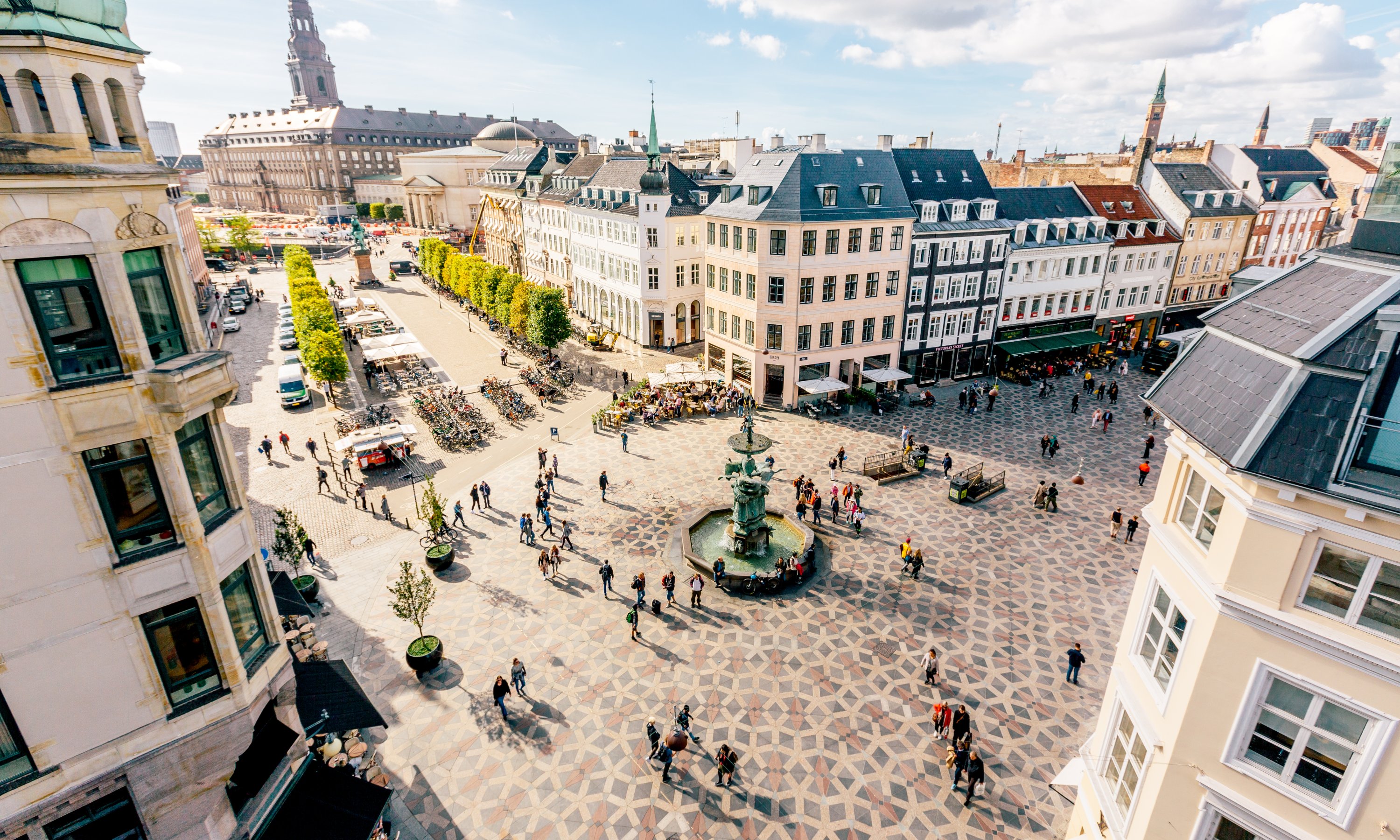When Richard Florida published The Rise of the Creative Class in 2002, it came as news to many that the greater the population of creative types — artists, musicians, designers and technology workers — in a given city, the stronger its economy and quality of life.
Attracting and retaining creative talent was partly a question of urban design, argued Florida. For long-term prosperity, he said it’s better to envision more attractive, diverse and integrated neighbourhoods than to develop buildings, sports stadiums and shopping centres in isolation.
It’s what you might call a virtuous circle: the more imaginative a city’s urban design, the more it attracts the creative class, who in turn contribute to more diverse and dynamic neighbourhoods and local economies.
University of Alberta urban design expert Tim Antoniuk takes up Florida’s premise in a chapter of his new book, Situating Design in Alberta (University of Alberta Press), co-edited by Antoniuk and former U of A design student Isabel Prochner, now at Syracuse University.
The book compiles a wide range of perspectives from design experts on the history, education, business and sustainability of urban design in Alberta, with a view to improving our cities.
As it turns out, we could be doing a lot better, argues Antoniuk.
Diversity as an economic driver
Hard data point to just how important creative communities are in driving local economies and making them more resilient, he added. They are a potential source of growth that Canadian cities have failed to sufficiently tap — cities in Alberta even more than elsewhere.
“Where are the greatest places in the world to visit? Most people might say Paris, Berlin or New York, because they’re such great places to walk around. It’s the architecture, the urban landscape and the great food — it’s cultural,” said Antoniuk.
Great cities create “pockets of genius” with diverse culture and community, he said, rather than encouraging the proliferation of homogeneous retailers or “the same building design over and over,” he said, as is often found in Alberta cities.
“When you develop monocultures, they’re unsustainable — they die over time. You need that diversity.”
Antoniuk said we can draw on a wealth of knowledge and experiences around the world to improve our cities, borrowing from Scandinavian designs, for example, to make a city more welcoming during winter months.
“It is our responsibility as citizens to continuously seek, learn from and be inspired by these ideas.”
Redesigning community landmarks for a new era
Honouring history by restoring heritage architecture is also central to designing for growth, rather than always opting for the “shiny and new.”
In Edmonton, the Oliver Exchange is one example of successful restoration, he said. The historic telephone utility building at 120th Street and 102nd Avenue was transformed into a vibrant and attractive commercial and community hub.
“It’s about creating communities, with city councils really pushing themselves and developers on the quality of urban design.”
Antoniuk and his company, Architure Inc., have taken on a development pocket of their own: Edmonton’s Hangar 11 on the east side of the former municipal airport near the Northern Alberta Institute of Technology.
Originally built by the U.S. government during the Second World War to support the Soviet Union’s battle with Germany, the historic landmark was in danger of demolition until Antoniuk stepped forward with a multimillion-dollar restoration proposal.
The plan is for a mixed-use affordable housing complex designed to serve students, Indigenous groups and families, with 270 apartments housing 370 people and food retailers on the main floor. It will be connected to the city’s LRT system and heated by geothermal energy and solar panels.
“We are doing everything we can to make this one of the most iconic buildings in Canada,” said Antoniuk.
As Alberta aims to further diversify its economy, he added, urban design could play a key role.
“I make the argument that the creative economies are a huge part of this. We need a reason to keep people here.”
